Interior Design/Sculpture: An extremely rare Coade stone bust of Gerard de Visme stamped Coade, Lambeth, the back scratched with Gerard de Visme E** 5 1793 and with partial old paper inventory label 29cm high. This extremely rare bust is illustrated in Mrs Coade’s stone by Alison Kelly, who states on page 139 ‘Another charming small portrait bust sold at Christies in April 1986. The name on the sitter was scratched on the back and difficult to decipher. He was Gerard de Visme, a Huguenot, and the piece is marked 1793. It is bronzed. Its provenance is unknown, and it is now in a private collection. It was shown in Henry Clay’s article in the Connoisseur, October 1928, pp 79-87, but he did not know who it was. Gerard de Visme lived at Wimbledon Lodge, South Side, Wimbledon, lavishly decorated with Coade stone’. Further research has revealed that Gerard was born on 6 February 1725 probably in the parish of St Mary Aldermary in the vicinity of Bow Lane, and christened at the French Huguenot Church of St Martin Orgars on the 28th February. He seems to have gone to Lisbon in Portugal around 1746 and then lived much of his life there. He then returned to the England around 1794 and spent his later years living at Wimbledon near London. His estate in Portugal was Quinta at Benfica, near Lisbon and later Monserrate near Sintra. A prominent member of the British Factory in Lisbon, he made a vast fortune, possibly relating to diamonds commerce with Brazil. He was possibly the Administrator of the Crown jewels and diamond mines of Brazil. He also possibly imported redwood and presumably had many other business interests. He seems to have been involved in the building of the British Hospital in Lisbon. He was also involved in a bank Purry Mellish & De Vismes. He is mentioned in the book ‘They Went to Portugal’ by Rose Macaulay. In 1790, Gerard moved onto the Monserrate estate, near Sintra. It would appear that he was not able to buy the property at Monserrate due to laws forbidding ownership of property by foreigners in Portugal at the time. Years later Francis Cook, another Englishman, stumbled upon the ruins of DeVisme’s Palace and was able to purchase it. Francis Cook became the first Visconde of Monserrate. One rumour about DeVisme’s daughter is that she was the reason he abandoned Monserrate. He apparently spent much time isolated there and the speculation is that he carried on some kind of improper relationship (with a servant or another member of society). His permanent abandonment of Monserrate coincides with his reappearance in London with an unexplained daughter. In London Gerard appears to have been a partner in the banking firm of De Vismes, Cuthbert, Marsh, Creed and Co, which is recorded in the London Directory of 1797. Gerard is buried in the churchyard of St Mary’s in Wimbledon. He is noted as dying in 1797 having been resident at Wimbledon Lodge, Southside. A large portrait of Gerard, by Thomas Hickey dated 1783, 10 years before this bust was commissioned, is in the National Trust collection at Tyntesfield, near Bristol. A second copy of this portrait, presumably also painted by Thomas Hickey came up for Auction 14 March 2012 in Australia (Mossgreen, Lot 49). There is also a small miniature portrait of him painted in 1794 by Henry Spicer (English, 1743-1804) where Gerard is noted as being 67 years old. This miniature is now in the Carnegie Museum of Art in America. Eleanor Coade (d.1821) opened her Lambeth Manufactory for ceramic artificial stone in 1769, and appointed the sculptor John Bacon as its manager two years later. She was employed by all the leading late 18th Century architects. From about 1777 she began her engraved designs, which were published in 1784 in a catalogue of over 700 items entitled A Descriptive Catalogue of Coade’s Artificial Stone Manufactory. Then in 1799, the year she entered into partnership with her cousin John Sealy she issued a handbook of her Pedlar’s Lane exhibition Galle
Interior Design/Sculpture: An extremely rare Coade stone bust of Gerard de Visme stamped Coade, Lambeth, the back scratched with Gerard de Visme E** 5 1793 and with partial old paper inventory label 29cm high. This extremely rare bust is illustrated in Mrs Coade’s stone by Alison Kelly, who states on page 139 ‘Another charming small portrait bust sold at Christies in April 1986. The name on the sitter was scratched on the back and difficult to decipher. He was Gerard de Visme, a Huguenot, and the piece is marked 1793. It is bronzed. Its provenance is unknown, and it is now in a private collection. It was shown in Henry Clay’s article in the Connoisseur, October 1928, pp 79-87, but he did not know who it was. Gerard de Visme lived at Wimbledon Lodge, South Side, Wimbledon, lavishly decorated with Coade stone’. Further research has revealed that Gerard was born on 6 February 1725 probably in the parish of St Mary Aldermary in the vicinity of Bow Lane, and christened at the French Huguenot Church of St Martin Orgars on the 28th February. He seems to have gone to Lisbon in Portugal around 1746 and then lived much of his life there. He then returned to the England around 1794 and spent his later years living at Wimbledon near London. His estate in Portugal was Quinta at Benfica, near Lisbon and later Monserrate near Sintra. A prominent member of the British Factory in Lisbon, he made a vast fortune, possibly relating to diamonds commerce with Brazil. He was possibly the Administrator of the Crown jewels and diamond mines of Brazil. He also possibly imported redwood and presumably had many other business interests. He seems to have been involved in the building of the British Hospital in Lisbon. He was also involved in a bank Purry Mellish & De Vismes. He is mentioned in the book ‘They Went to Portugal’ by Rose Macaulay. In 1790, Gerard moved onto the Monserrate estate, near Sintra. It would appear that he was not able to buy the property at Monserrate due to laws forbidding ownership of property by foreigners in Portugal at the time. Years later Francis Cook, another Englishman, stumbled upon the ruins of DeVisme’s Palace and was able to purchase it. Francis Cook became the first Visconde of Monserrate. One rumour about DeVisme’s daughter is that she was the reason he abandoned Monserrate. He apparently spent much time isolated there and the speculation is that he carried on some kind of improper relationship (with a servant or another member of society). His permanent abandonment of Monserrate coincides with his reappearance in London with an unexplained daughter. In London Gerard appears to have been a partner in the banking firm of De Vismes, Cuthbert, Marsh, Creed and Co, which is recorded in the London Directory of 1797. Gerard is buried in the churchyard of St Mary’s in Wimbledon. He is noted as dying in 1797 having been resident at Wimbledon Lodge, Southside. A large portrait of Gerard, by Thomas Hickey dated 1783, 10 years before this bust was commissioned, is in the National Trust collection at Tyntesfield, near Bristol. A second copy of this portrait, presumably also painted by Thomas Hickey came up for Auction 14 March 2012 in Australia (Mossgreen, Lot 49). There is also a small miniature portrait of him painted in 1794 by Henry Spicer (English, 1743-1804) where Gerard is noted as being 67 years old. This miniature is now in the Carnegie Museum of Art in America. Eleanor Coade (d.1821) opened her Lambeth Manufactory for ceramic artificial stone in 1769, and appointed the sculptor John Bacon as its manager two years later. She was employed by all the leading late 18th Century architects. From about 1777 she began her engraved designs, which were published in 1784 in a catalogue of over 700 items entitled A Descriptive Catalogue of Coade’s Artificial Stone Manufactory. Then in 1799, the year she entered into partnership with her cousin John Sealy she issued a handbook of her Pedlar’s Lane exhibition Galle







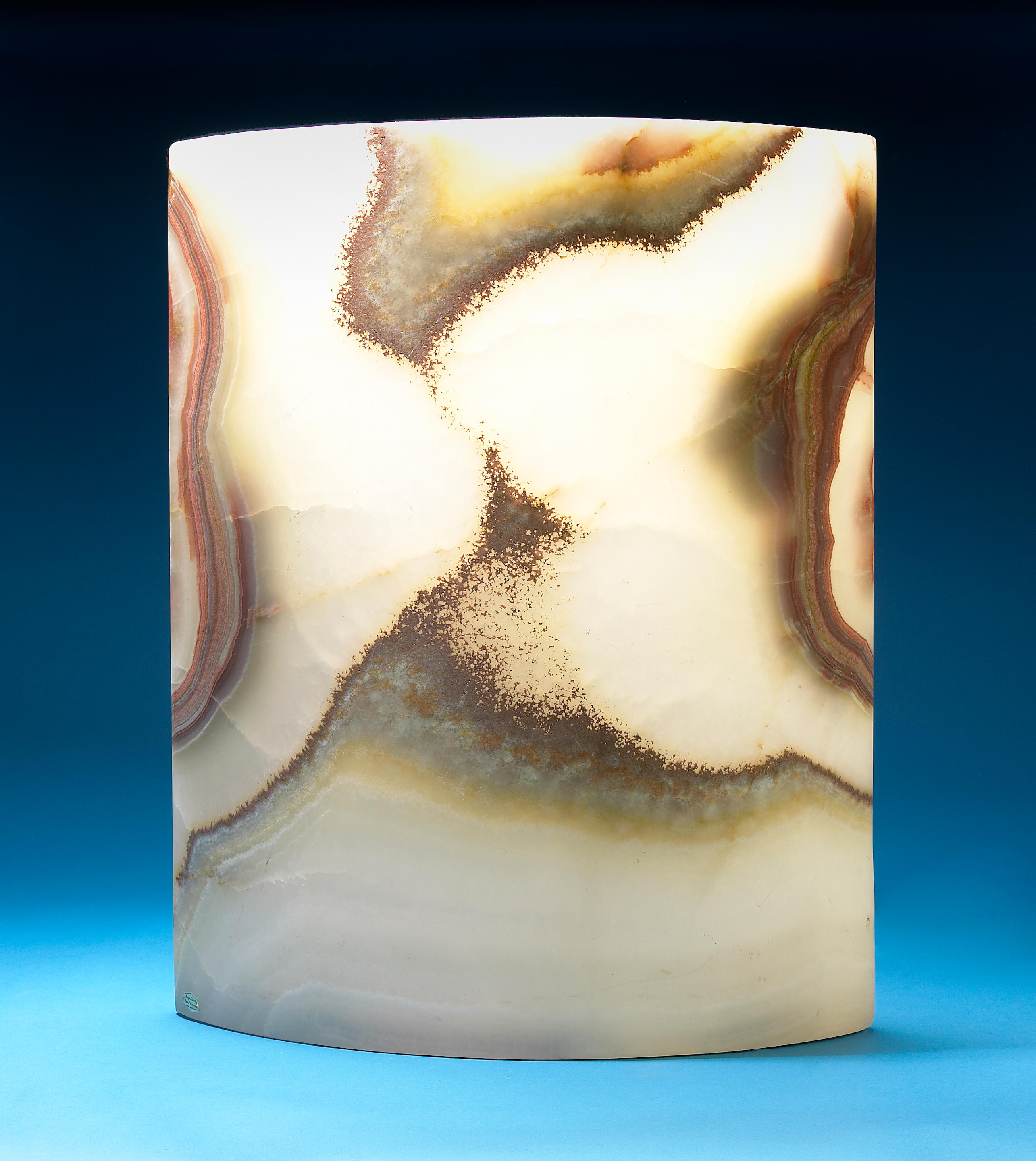
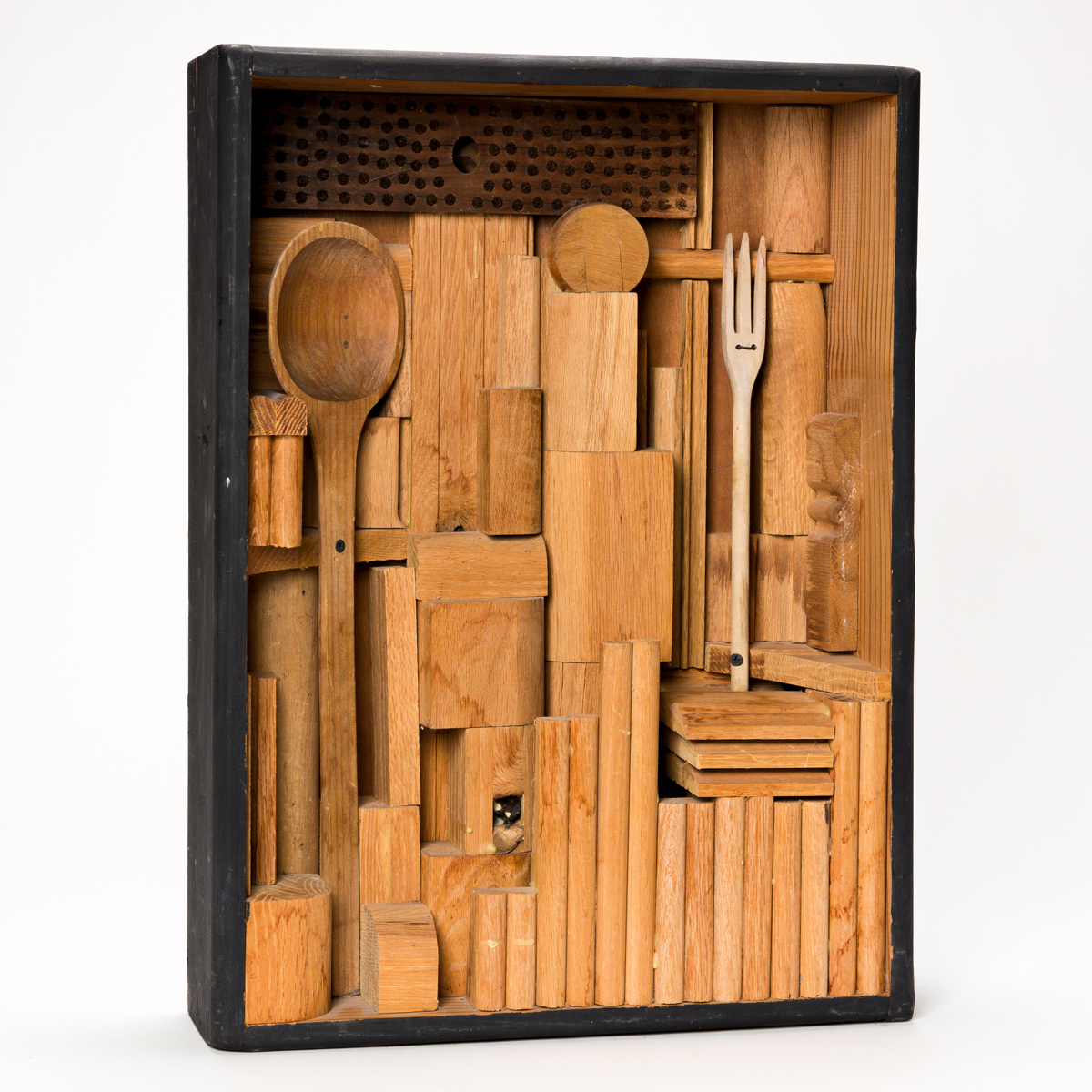
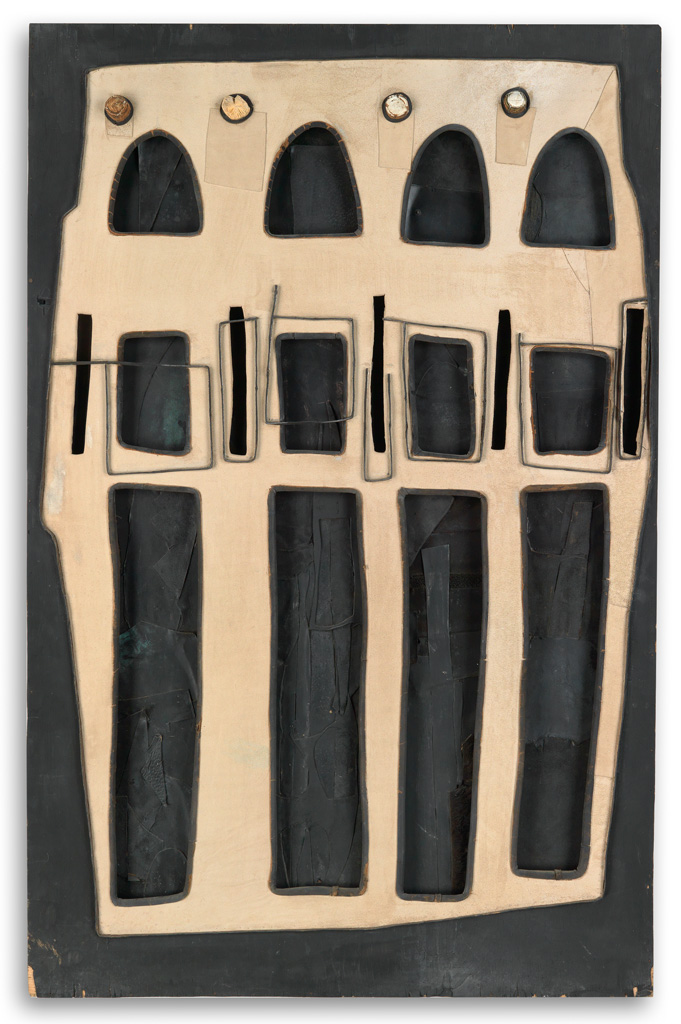
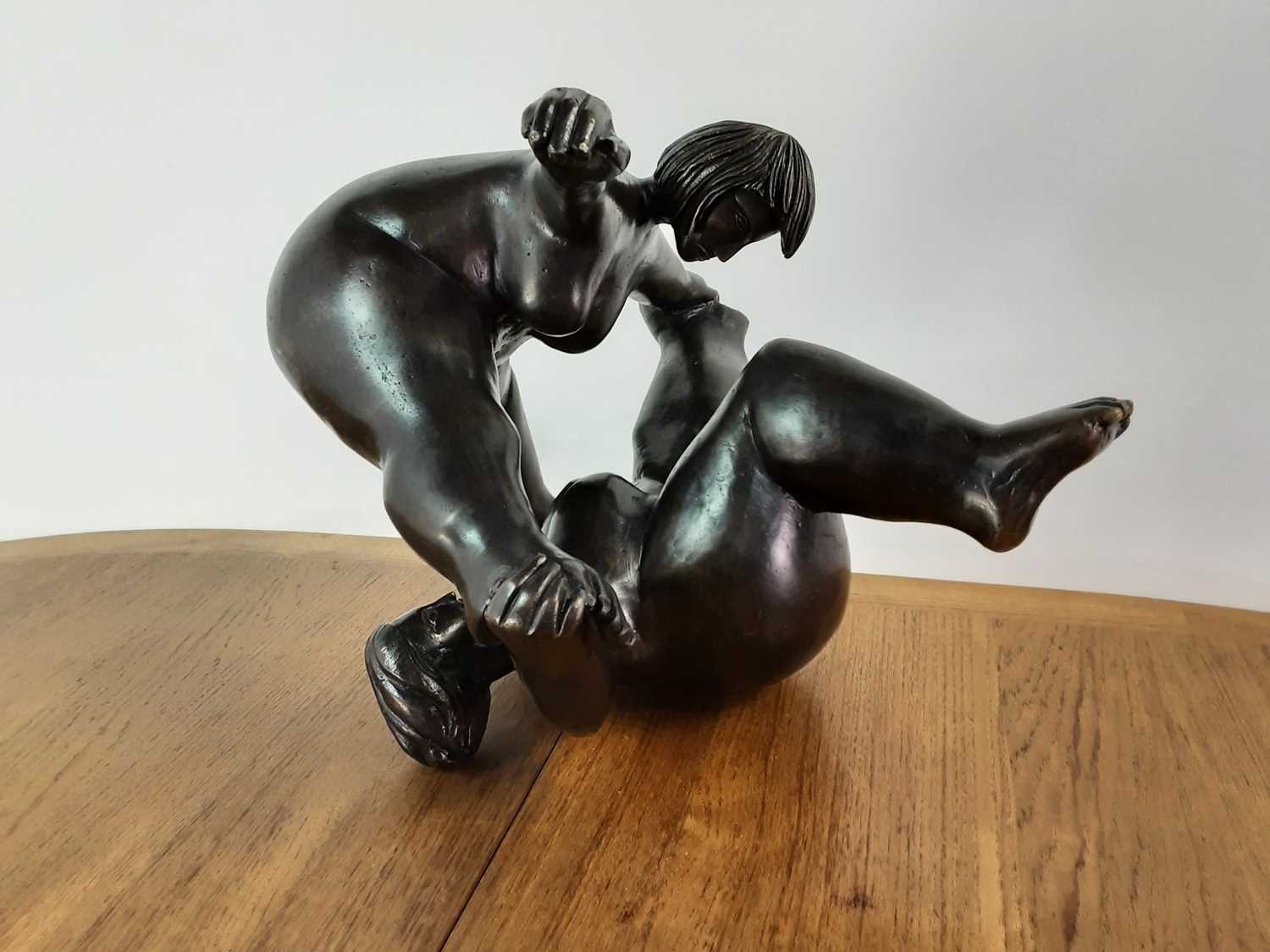
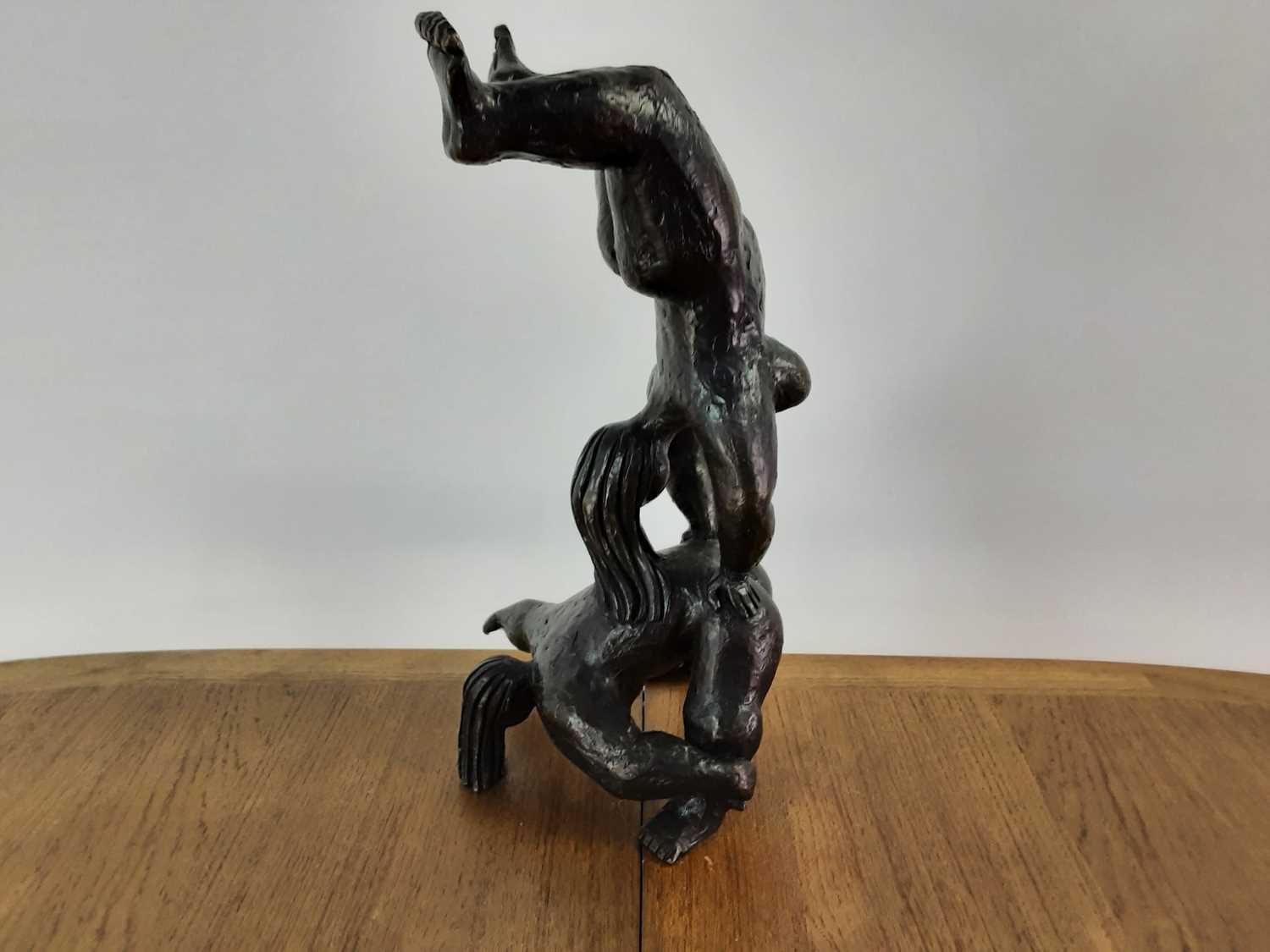
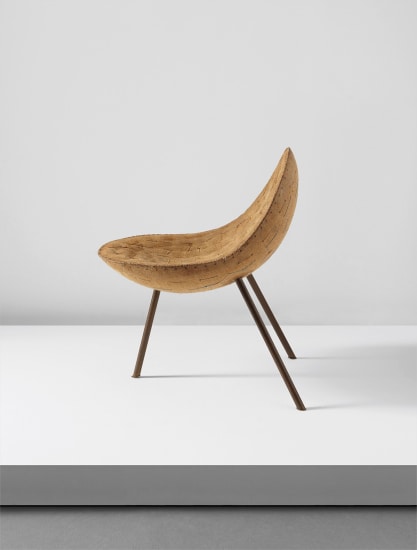


Try LotSearch and its premium features for 7 days - without any costs!
Be notified automatically about new items in upcoming auctions.
Create an alert